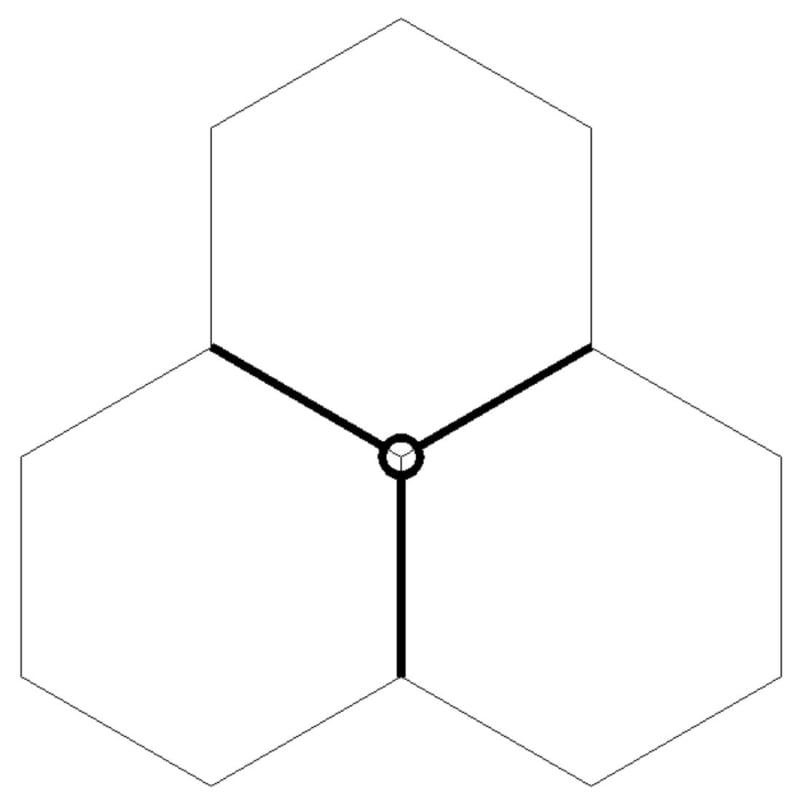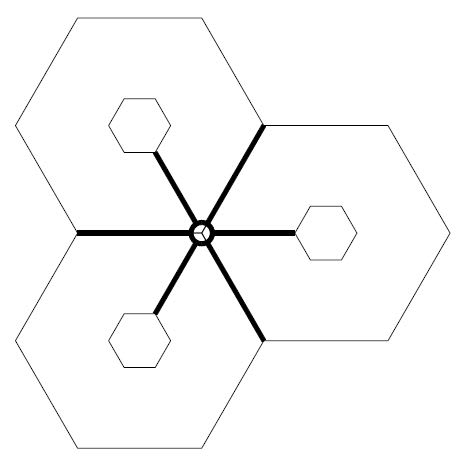Orellandres
Student
Hi Community,
I have a roof structure (image attached). Where can I find information about recommended natural periods of vibration?
The height of the structure is 5m and an approximate radius of 5m. The surface supports glass.

I have a roof structure (image attached). Where can I find information about recommended natural periods of vibration?
The height of the structure is 5m and an approximate radius of 5m. The surface supports glass.



